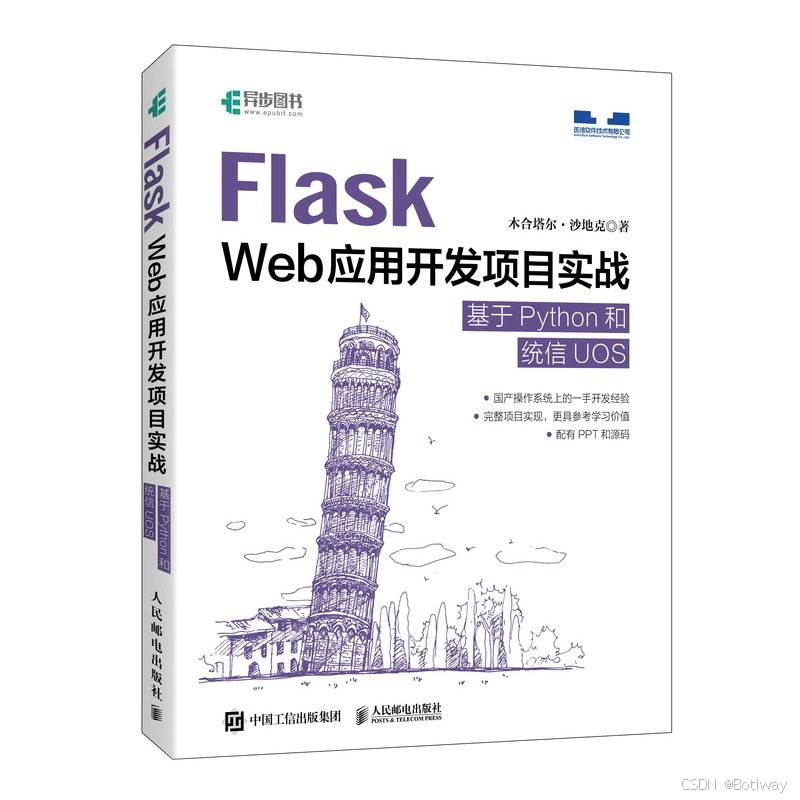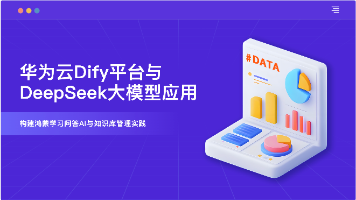【Kivy应用】Python与KV语言分离编程入门到精通
Label:BoxLayout:Label:Label:main.pycanvas:Color:Ellipse:main.pymain.py# ...播放逻辑pass黄金法则Python处理逻辑,KV处理表现层使用Property实现自动更新保持组件高内聚低耦合常见问题解决KV未加载:检查文件名匹配和Builder加载顺序属性不更新:确保使用Kivy Property而非Python原生属性性能卡
·
以下是一份从入门到精通的 Python与KV语言分离编程 的完整教程,涵盖基础配置、数据绑定、高级交互和最佳实践:
Python与KV分离编程完全指南
第一部分:基础篇
1. 环境配置与基础结构
1.1 项目结构规范
myapp/
├── main.py # Python主程序
├── myapp.kv # 自动加载的KV文件
└── components/ # 子组件目录
├── buttons.kv
└── panels.kv
1.2 最小化示例
main.py
from kivy.app import App
from kivy.uix.boxlayout import BoxLayout
class RootWidget(BoxLayout):
pass
class MyApp(App):
def build(self):
return RootWidget()
if __name__ == '__main__':
MyApp().run()
myapp.kv
<RootWidget>:
orientation: 'vertical'
Label:
text: 'Hello KV!'
Button:
text: 'Click Me'
on_press: app.button_clicked()
2. 数据绑定基础
2.1 Python → KV 单向绑定
main.py
class RootWidget(BoxLayout):
counter = NumericProperty(0) # 必须使用Kivy属性
class MyApp(App):
def button_clicked(self):
root = self.root
root.counter += 1
myapp.kv
<RootWidget>:
Label:
text: str(root.counter) # 自动更新
2.2 双向绑定
main.py
class LoginForm(BoxLayout):
username = StringProperty('')
password = StringProperty('')
components/login.kv
<LoginForm>:
TextInput:
text: root.username # 从Python读取
on_text: root.username = self.text # 写回Python
第二部分:中级篇
3. 动态加载组件
3.1 模块化组件
components/buttons.kv
<ActionButton@Button>:
background_color: 0.2, 0.6, 0.9, 1
font_size: '18sp'
main.py
Builder.load_file('components/buttons.kv')
3.2 运行时切换界面
main.py
class MyApp(App):
def switch_screen(self, screen_name):
self.root.current = screen_name
myapp.kv
ScreenManager:
id: manager
Screen:
name: 'home'
Button:
text: 'Go to Settings'
on_press: app.switch_screen('settings')
Screen:
name: 'settings'
Button:
text: 'Back'
on_press: app.switch_screen('home')
4. 高级数据绑定
4.1 使用Observable
main.py
from kivy.properties import ObjectProperty
class UserProfile(BoxLayout):
data = ObjectProperty({})
def update_profile(self):
self.data = {'name': 'John', 'age': 30}
components/profile.kv
<UserProfile>:
Label:
text: root.data.get('name', 'Unknown')
4.2 ListProperty与动态列表
main.py
class TaskList(RecycleView):
tasks = ListProperty([])
def add_task(self, text):
self.tasks.append({'text': text})
components/tasks.kv
<TaskList>:
viewclass: 'TaskItem'
RecycleBoxLayout:
default_size: None, dp(48)
default_size_hint: 1, None
size_hint_y: None
height: self.minimum_height
<TaskItem@BoxLayout>:
text: ''
Label:
text: root.text
第三部分:高级篇
5. 自定义组件
5.1 创建复合组件
components/gauge.kv
<DigitalGauge>:
orientation: 'vertical'
Label:
text: root.title
font_size: '14sp'
BoxLayout:
Label:
text: str(root.value)
Label:
text: root.unit
main.py
class DigitalGauge(BoxLayout):
title = StringProperty('')
value = NumericProperty(0)
unit = StringProperty('')
5.2 自定义图形组件
components/circle.kv
<CircleWidget>:
canvas:
Color:
rgba: root.color
Ellipse:
pos: self.pos
size: self.size
main.py
class CircleWidget(Widget):
color = ListProperty([1, 0, 0, 1])
6. 高级事件处理
6.1 自定义事件
main.py
class MediaPlayer(BoxLayout):
def __init__(self, **kwargs):
super().__init__(**kwargs)
self.register_event_type('on_playback_complete')
def play(self):
# ...播放逻辑
self.dispatch('on_playback_complete')
def on_playback_complete(self):
pass
components/player.kv
<MediaPlayer>:
on_playback_complete: app.handle_completion()
6.2 手势识别
main.py
class TouchPad(Widget):
def on_touch_move(self, touch):
if abs(touch.dx) > 20:
self.dispatch('on_swipe', 'left' if touch.dx < 0 else 'right')
def on_swipe(self, direction):
pass
第四部分:工程化实践
7. 大型项目架构
7.1 依赖管理
# build.py
from kivy_deps import sdl2, glew
requirements = [
'kivy>=2.0.0',
'pyyaml'
]
def build_options():
return {
'win': {'packages': ['python']},
'android': {'permissions': ['INTERNET']}
}
7.2 多语言支持
locales/en.yaml
login:
title: "Login"
username: "Username"
main.py
from kivy.lang import Observable
class Translator(Observable):
def __init__(self):
super().__init__()
self.load_language('en')
def load_language(self, lang):
with open(f'locales/{lang}.yaml') as f:
self._strings = yaml.safe_load(f)
self.dispatch('on_change')
login.kv
Label:
text: app.translator._strings['login']['title']
8. 调试与优化
8.1 性能分析工具
from kivy.clock import Clock
def print_fps(dt):
print(Clock.get_fps())
Clock.schedule_interval(print_fps, 1)
8.2 内存管理
class CacheManager:
_images = {}
@classmethod
def get_texture(cls, path):
if path not in cls._images:
cls._images[path] = Image.load(path).texture
return cls._images[path]
第五部分:实战项目
9. 天气预报APP
项目结构
weather/
├── main.py
├── weather.kv
├── components/
│ ├── forecast.kv
│ └── searchbar.kv
└── assets/
├── icons/
└── fonts/
关键代码示例
main.py
class WeatherApp(App):
location = StringProperty('Beijing')
temperature = NumericProperty(25)
def update_weather(self):
# API调用逻辑
pass
weather.kv
BoxLayout:
WeatherSearchBar:
on_search: app.location = args[1]
WeatherForecast:
location: app.location
temp: app.temperature
附录:核心要点总结
-
黄金法则:
- Python处理逻辑,KV处理表现层
- 使用Property实现自动更新
- 保持组件高内聚低耦合
-
常见问题解决:
- KV未加载:检查文件名匹配和Builder加载顺序
- 属性不更新:确保使用Kivy Property而非Python原生属性
- 性能卡顿:使用RecycleView替代ScrollView处理长列表
-
进阶学习路径:
通过本教程的系统学习,您将能够构建结构清晰、易于维护的Kivy应用程序。建议每个知识点都配合实际代码练习,逐步掌握Python与KV分离开发的精髓。

更多推荐
 已为社区贡献16条内容
已为社区贡献16条内容









所有评论(0)